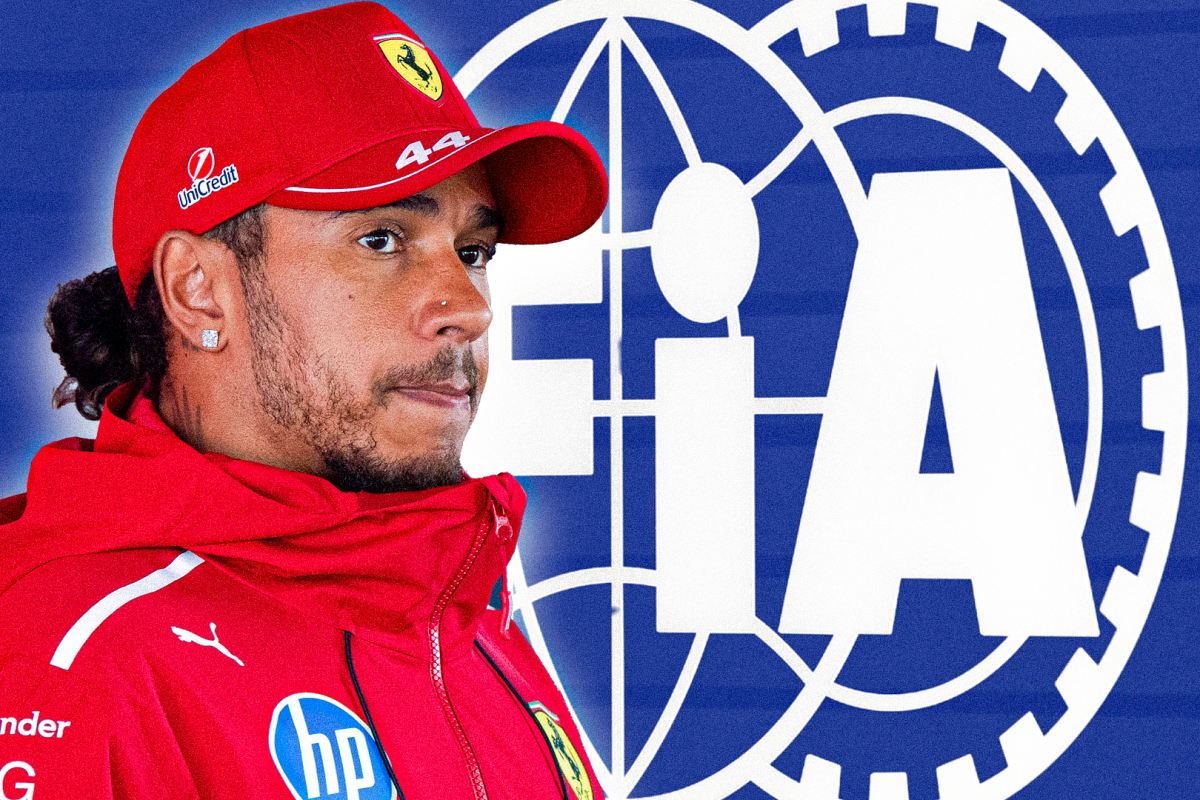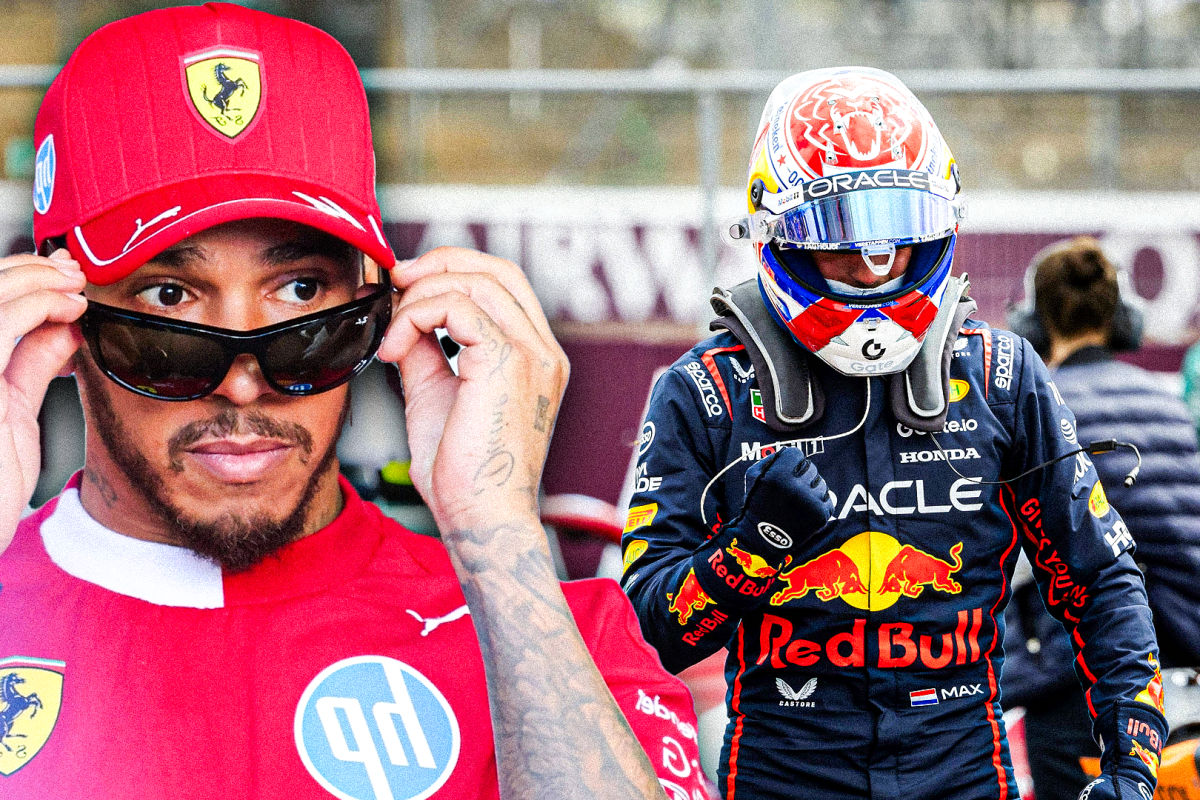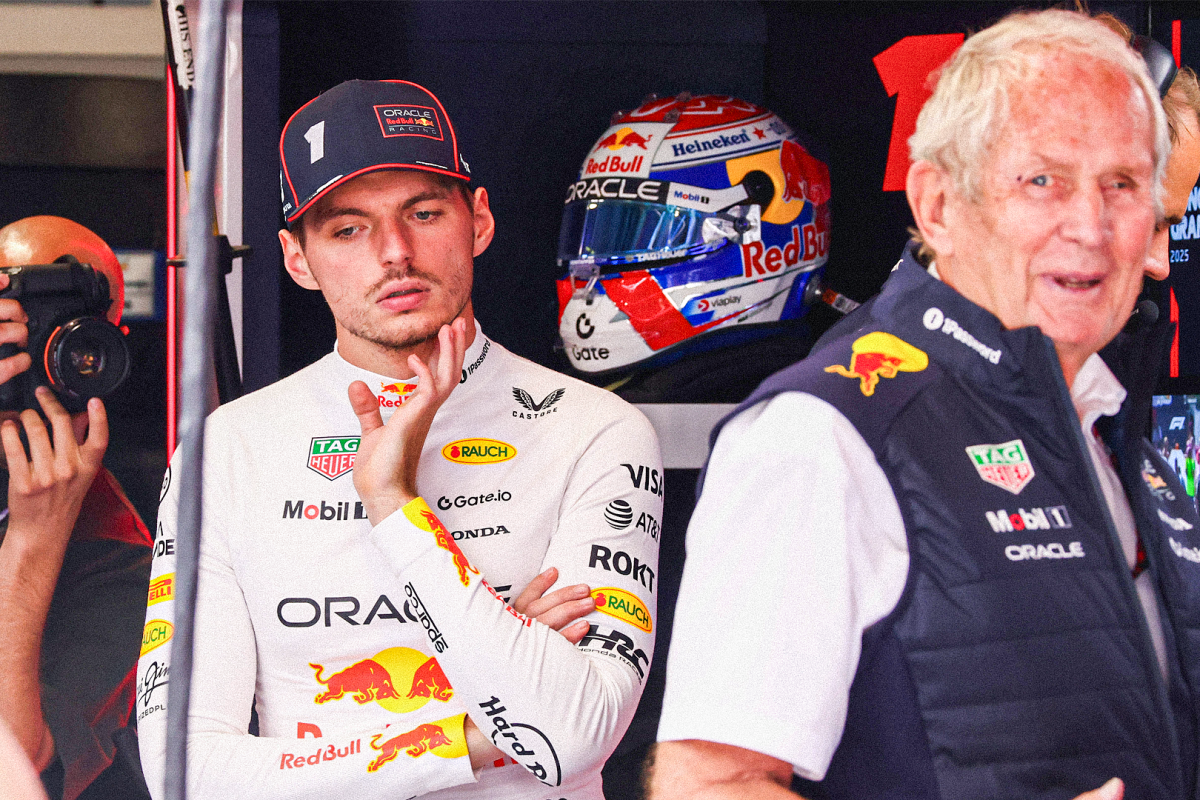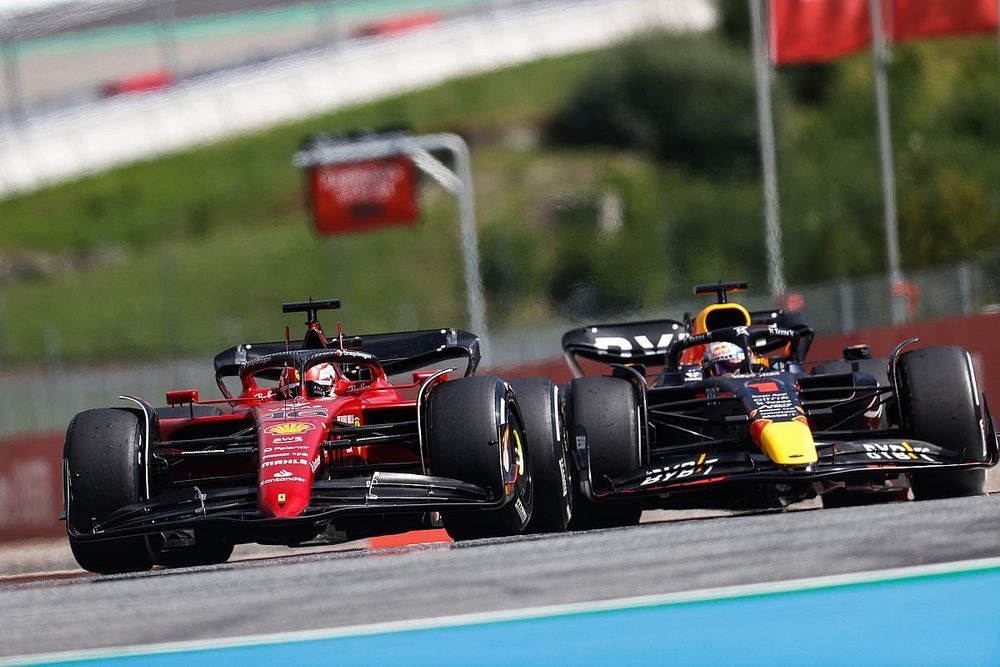Naming F1’s definitive, inarguable, All-Quarter C… read more
As Formula 1 reaches the milestone of being a quarter of a century into the 2000s, it’s time to reflect not just on the champions, the controversies, and the chassis, but on the drivers who truly defined this modern era of the sport. In the first edition of the GPFans newsletter, we set out to answer the question: What would the ultimate 20-driver grid of the 21st century look like? The twist? Each of the ten teams must be represented, and no driver can appear more than once — not even in different cars. This means making tough calls, omitting some legends, and honouring those whose brilliance lit up even underdog machinery.
Let’s start at the top. Michael Schumacher, the titan of Ferrari in the early 2000s, had to be on this list. His five straight titles from 2000 to 2004 cemented his place in F1 history, and his near-miss in 2006 proved his lasting competitive edge. Schumacher would likely make any best-of list from 1975 onward, making him one of the easiest choices here. Alongside him in the Ferrari seat, we find Kimi Räikkönen, the only driver post-Schumacher to bring a championship home to Maranello. Räikkönen’s 2007 title win remains a testament to his quiet intensity and undeniable skill. His longevity and fearless nature also make him one of the most beloved figures of the era.
Mercedes, unsurprisingly, brings two massive names. Lewis Hamilton is, without a doubt, among the greatest the sport has ever seen. Seven world titles — six of them with Mercedes — and a career that redefined records and representation, make his inclusion an inevitability. Alongside him, Nico Rosberg gets the nod. A world champion in 2016, Rosberg’s career was often under-appreciated, yet his consistency, speed, and ability to beat Hamilton over a season cannot be ignored.
Red Bull’s two seats were never really in question. Max Verstappen, the dominant force of the 2020s, and Sebastian Vettel, who clinched four consecutive titles from 2010 to 2013, were the obvious selections. Both defined Red Bull eras, and both rewrote history books during their respective peaks.
McLaren’s slots brought tougher decisions. Lewis Hamilton may have begun his career here, but with him locked to Mercedes, other names came into play. Ultimately, the picks go to Jenson Button — whose 2009 title with Brawn and solid McLaren tenure justify his selection — and David Coulthard, whose early 2000s consistency and wins give him the edge over younger hopefuls like Lando Norris. Norris may earn his spot in future editions, but for now, experience wins.
Renault’s legacy rests almost entirely on the shoulders of Fernando Alonso, a two-time world champion and arguably one of the most complete drivers in F1 history. His teammate? Giancarlo Fisichella, a cult hero of the sport, who managed to pick up a couple of crucial wins and embodied the underdog spirit that made Renault formidable in its peak era.
Williams, once the giant of the ’90s, has had a quiet century. Yet, Juan Pablo Montoya’s early-2000s performances, including wins and incredible qualifying pace, lock him into this team’s lineup. He was the spark in an era where Williams’ light was beginning to fade.
Sauber’s most successful years came during their BMW collaboration. Robert Kubica, with his 2008 Canadian Grand Prix win and impressive consistency, leads the charge here, supported by Nick Heidfeld, whose underrated performances were crucial to Sauber’s rise into the top tier, even if only briefly.
Toyota’s entry into F1 was brief but not without flashes of brilliance. Jarno Trulli, winner of the 2004 Monaco Grand Prix, was the obvious choice as the team’s most consistent performer. His teammate, Timo Glock, picked up podiums and embodied Toyota’s late potential, even if the full breakthrough never came.
Toro Rosso, often overshadowed by Red Bull, nevertheless fostered future champions. But with Max and Vettel already taken, the seats fall to Carlos Sainz — who consistently overdelivered — and Jaime Alguersuari, whose presence represents the revolving door of hopefuls in the junior team’s early days.
Finally, Force India rounds out the grid. Sergio Perez is the standout, with a record number of podiums and points for the team. His teammate? Nico Hülkenberg, a long-time F1 presence whose talent finally earned him a podium more than a decade after his peak Force India performances.
So there it is — the ultimate F1 grid of the 21st century. Twenty names that define, represent, and in many ways, celebrate the chaos, charm, and brilliance of modern Formula 1. Debate it all you want, but for now, this is your All-Quarter Century lineup.




